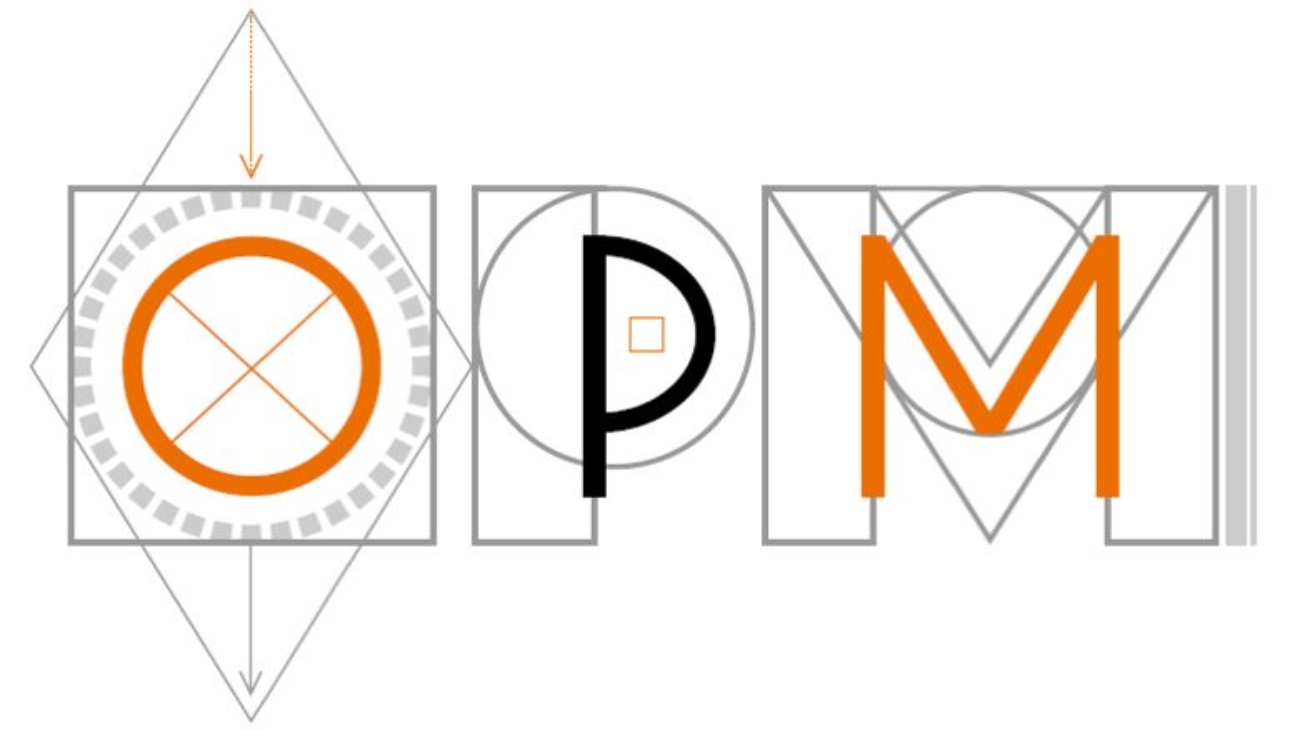Oxford Performance Materials (OPM), an industry leader in advanced polymer science, coating technologies, and 3D printed biomedical devices, has agreed to acquire the patent portfolio of England’s Ketonex, Ltd., which is comprised of the world’s highest-performance PAEK polymer synthesis technology. By adding these synthesis patents to its existing portfolio, OPM has furthered its capabilities as a leader in PAEK (polyaryletherketone) materials technology, with broad applications in the biomedical, industrial, aerospace, energy, and electronics industries.
OPM began working with Ketonex over a decade ago, after which the companies collaborated on the initial scale-up and development of the Ketonex polymer synthesis technologies. In early 2022, this work reached critical technical and commercial milestones, which led to the acquisition.
The Ketonex technology was built upon a low-temperature PAEK synthesis method that produced high-quality PAEK products. Originally commercialized by BASF, adoption was limited due to costly production methods. Ketonex subsequently improved upon existing PAEK production efficiencies and patented an advanced process. The Ketonex technology provides substantial advantages over other PAEK synthesis methods that produce materials such as PEEK and conventionally produced PEKK, as originally invented by DuPont. The patented Ketonex low-temperature synthesis (LTS) method produces polymers with excellent stability, purity, controlled morphology, and product reproducibility. In addition, this exclusive technology portfolio enables modification of the polymer backbone to economically create new polymer systems to meet specific market and unmet commercial application demands.
Manufacturing on Demand
Specifically, this LTS technology will facilitate the development of new PAEK materials: with higher service temperatures for additive manufacturing of performance parts for demanding aerospace and industrial applications; lower processing temperatures, and improved workability that can be utilized in existing powder bed polyamide 3DP machines; sustainability benefits for industries such as wind energy that face significant recycling challenges; and the ability to deliver advanced coating capabilities to improve carbon capture, nuclear containment, electric vehicle and other demanding energy systems.
“OPM has been working with Ketonex over many years to validate this technology and understand its potential,” said Scott DeFelice, CEO of Oxford Performance Materials. “At the outset, our groups were convinced that conventionally produced PAEK polymers had reached their limits of performance. Today’s markets are demanding improved processability and higher performance for ever-broadening material applications, and OPM will be working with industry partners that have specific applications for this unique PAEK technology.”
Since its founding over 20 years ago, OPM has built a broad portfolio of IP and products that focus on PAEK application and process technologies servicing the healthcare, aerospace, energy, and electronics industries. “With the addition of the Ketonex PAEK patent portfolio, OPM has integrated back to the fundamental polymer science. This represents a capstone in our overall materials science strategy and lays the foundation for a substantial advance to the enterprise, buttressed by an integrated proprietary value chain servicing high-value high growth markets,” continued Scott DeFelice.
You might also like:
Meteor Inkjet collaborates with CoreTechnologie: Effective implementation of inkjet technology for binder or materials jetting requires close integration of industrial print system hardware and software with a range of existing additive manufacturing tools – including those for the pre-processing of CAD models into a format that inkjet printers can understand.
* This article is reprinted from 3D Printing Media Network. If you are involved in infringement, please contact us to delete it.
Author: Edward Wakefield


Leave A Comment